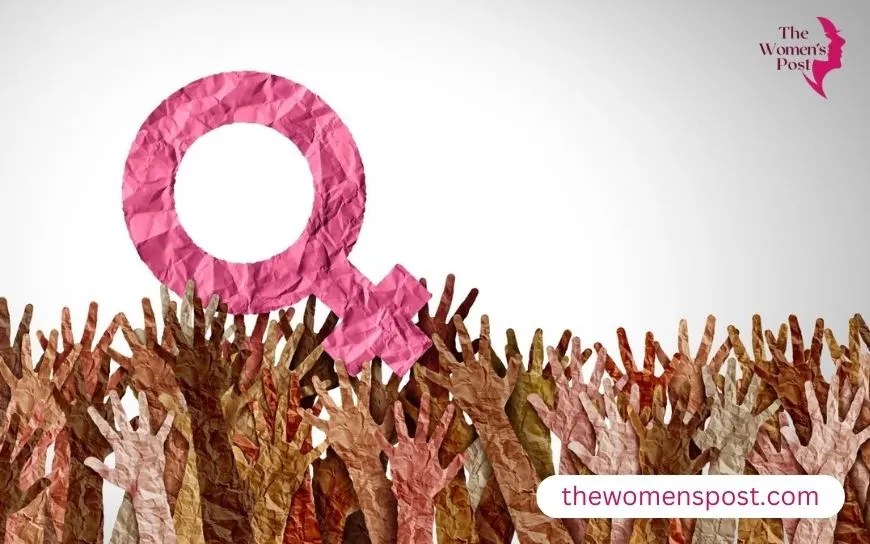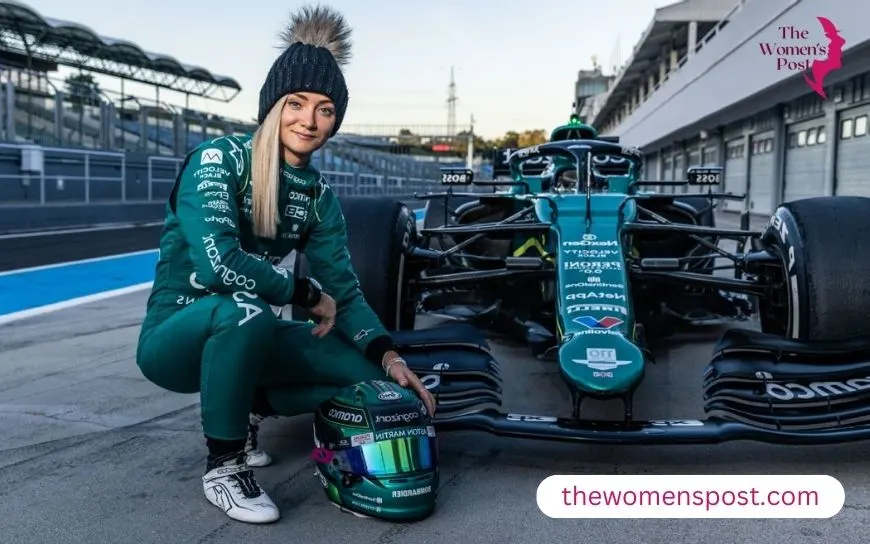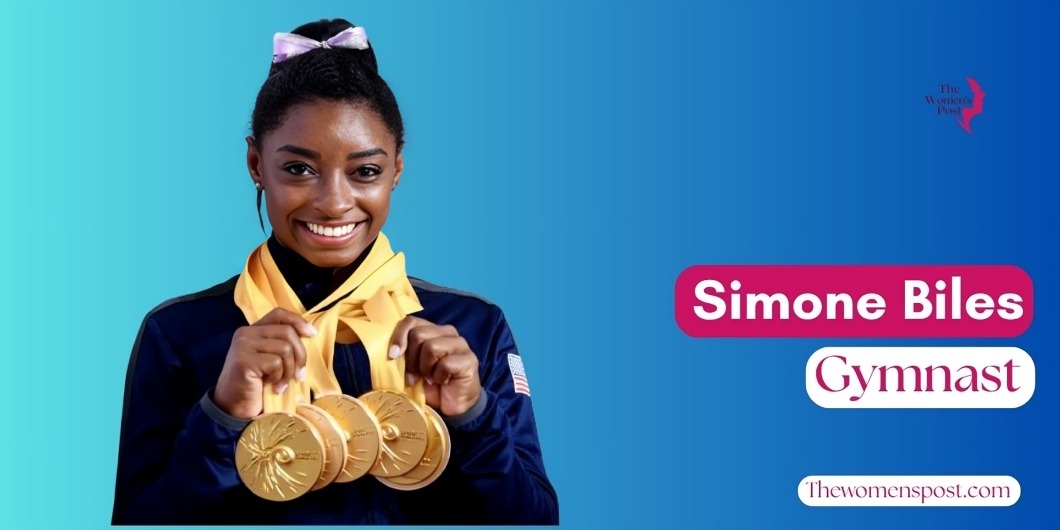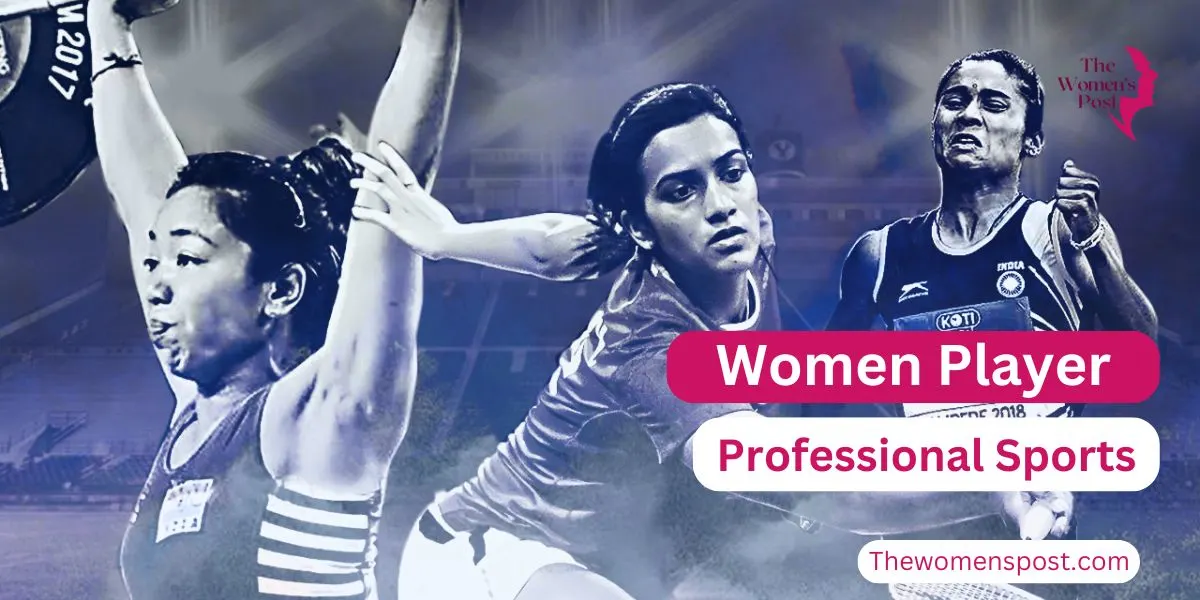The Rise Of Women’s Sports Leagues: Opportunities And Challenges Motivating The Younger Generation

Women’s sports leagues have seen a remarkable rise in popularity over the past few decades. From soccer fields to basketball courts, female athletes are breaking barriers, gaining fans, and inspiring young girls and boys worldwide. This growth brings exciting opportunities but also significant challenges. For the younger generation, the emergence of women’s sports leagues is an inspiration, proving to them that sports dreams are realizable, regardless of their gender. This article discusses opportunities for growth in women’s sports leagues, challenges in women’s sports leagues, and how they inspire the next generation.
A New Era for Women’s Sports Leagues
Women’s sports leagues have evolved. Previously, women sports persons used to compete for recognition, resources, and opportunities with their male counterparts. Presently, women sports leagues such as the Women’s National Basketball Association (WNBA), the National Women’s Soccer League (NWSL), and global tournaments such as the FIFA Women’s World Cup are receiving massive coverage. Viewership figures are increasing, with the 2023 FIFA Women’s World Cup attracting more than 2 billion viewers worldwide, a significant increase from past years.
Factors Driving the Rise of Women’s Sports Leagues
The increase in women’s sports leagues is influenced by a number of factors:
- Shifting Gender Equality Perceptions: Firstly, gender equality perceptions in society have changed, bringing down gender equality issues in sports leagues. Individuals now appreciate fairness in sporting activities, demanding equal opportunities for women.
- Improved Media Coverage: Secondly, the coverage of sporting events has increased. Large networks now telecast women’s games, turning icons such as Caitlin Clark in basketball or Alexia Putellas in football into household names.
- Social Media Amplification: Third, social media platforms such as X have given athletes greater voices, allowing them to speak directly to fans and motivate young people.
Empowering the Next Generation
For the next generation, the sight of women competing at professional levels in women’s sports leagues is empowering. Young girls are especially encouraged to participate in sports because they know they have professional careers as a goal. Boys also learn to respect female athletes as models, dispelling previous stereotypes and resolving gender equality issues in sports leagues.
Growth Opportunities in Women’s Sports Leagues

Also Read: The Media’s Role In Constructing Women’s Sport Narratives
The emergence of women’s sports leagues has created many opportunities. One of the primary opportunities is greater investment, an integral component of the growth prospects in women’s sports leagues. Businesses are investing heavily in women’s sports, viewing their burgeoning popularity as a business prospect. For instance, sponsorships from such big brands as Nike and Adidas for female competitors and teams mean they receive funding for training, equipment, and visibility. Financial assistance boosts women’s sports leagues and provides tools to help players succeed.
Expansion of Professional Leagues
A second is the growth of women’s sports leagues. New leagues and new teams are emerging globally. The NWSL welcomed two new teams in 2022, and women’s cricket leagues, such as India’s Women’s Premier League, have debuted with great fanfare. Leagues provide employment for players, coaches, and support staff, making sport a possible career choice for women and furthering the future of women’s sports leagues.
Educational Opportunities and Scholarships
Education and scholarships are also increasing, with greater growth opportunities in women’s sports leagues. Universities across the United States and globally provide female players with athletic scholarships, allowing them to balance their studies and sport careers. This inspires teenage girls to approach sports as a serious business, aware of the fact that they can earn a degree while playing.
Visibility of Female Athletes
The exposure of women athletes is another huge victory. Celebrities such as Serena Williams, Simone Biles, and Megan Rapinoe are now global celebrities. Their achievements in women’s sports leagues prove to youth that women can take over sports and more. For instance, Simone Biles’ campaign for mental health has motivated numerous teenagers to put well-being first while pursuing their aspirations.
Promoting Diversity and Inclusivity
Lastly, women’s sports leagues are promoting diversity. They offer opportunities for varied players, such as those from disadvantaged groups, to excel. This variety encourages youth from diverse backgrounds to have faith in their ability, whether on the pitch or in life, to change the course of women’s sports leagues.
Challenges Facing Women’s Sports Leagues
There are challenges facing women’s sports leagues even with the progress. Among the most significant is unequal pay, the most prominent gender equality issue in sports leagues. Women players tend to earn significantly less than men players, even if their leagues have the same number of spectators. For instance, in the 2023 FIFA Women’s World Cup, the winner received $110 million in prize money, while the men’s world cup held in 2022 awarded the winner $440 million. This disparity scares off some young sportsmen, who view financial instability as an impediment to venturing into sporting activities.
Also Read: Grassroots To Glory: Building Women’s Sport At The Youth Level
Limited Media Coverage
Limited coverage in the media is a barrier among the issues for women’s sports leagues. Though there is increased coverage, women’s sports are still given less airtime compared to men’s. Networks tend to prioritize men’s games, and women athletes have less opportunity to win followers. This limited exposure may complicate the expansion of women’s sports leagues and the identification of role models for young athletes.
Infrastructure Challenges
Facilities clean-up is also another issue. Most women’s teams do not have access to world-class facilities, training grounds, or medical care. For instance, some NWSL clubs share practice grounds or have played in antiquated stadiums, impacting performance and morale. Prospective young athletes viewing such setbacks might be demotivated from pursuing their own place in the future of women’s sport leagues.
Societal Stereotypes
Societal stereotypes still linger, contributing to gender equality challenges in sports leagues. Some people believe women’s sports are less exciting or competitive than men’s, which can undermine support for female athletes. These attitudes can affect young girls, making them question whether they belong in sports. Overcoming these biases requires ongoing education and advocacy.
Mental Health and Burnout
Lastly, burnout and mental health issues are actual. Female players in women’s sports leagues tend to experience extreme pressure to perform along with criticism regarding their looks or lives. This becomes tiring, particularly for young players who idolize such stars. Leagues must offer improved support mechanisms, such as counseling and mentoring, to assist players in dealing with such issues in women’s sports leagues.
Inspiring the Younger Generation

Also Read: Iconic Female Athletes Who Revolutionized Sports
Women’s sports leagues are an inspiring stimulus for young people. Witnessing women winning in women’s sports leagues conveys to children that hard work and ability can bring success, irrespective of gender. Girls find this particularly inspiring. A young girl observing Caitlin Clark shoot three-pointers or Sam Kerr score in soccer may aspire to become a professional athlete herself. These champions show that women’s sports leagues are just as exciting and competitive as men’s.
Teaching Boys About Equality
Boys are also enriched. Observing women athletes compete in women’s sports leagues educates them to appreciate equality and appreciate women’s success. This demolishes stereotypical notions of gender roles, building a more inclusive world for the future generation and solving gender equality issues in sports leagues.
Life Lessons Through Sports
Women’s sports leagues also impart life lessons. Teamwork, discipline, and perseverance are values young athletes master on the field and bring to the classroom, workplace, and personal relationships. A teenager who plays soccer may learn to lose with dignity or collaborate with teammates to accomplish a task—values that extend far beyond sports.
Community Engagement and Outreach
Community initiatives associated with women’s sporting leagues are another inspirational source. Several leagues organize children’s camps, clinics, and outreach programs to involve children. The activities provide youth an opportunity to interact with their icons, acquire new skills, and gain confidence. For example, the WNBA’s “Jr. WNBA” program provides coaching and mentoring to young girls to remain active and dream big.
Social Media’s Role in Motivation
Social media is a big part of motivation. Sites such as X allow young fans to follow their favorite players, view highlights, and participate in discussions regarding women’s sports leagues. If a teen comes across a popular post on a woman’s athlete return or cause, the hype and drive are ignited. These instances inspire children that they can do it too.
The Road Ahead for Women’s Sports Leagues
The emergence of women’s sports leagues is a game-changer, but more needs to be done to ensure the future of women’s sports leagues. Closing the pay gap, enhancing media coverage, and investing in improved facilities are key steps towards meeting the challenges of women’s sports leagues. Leagues also need to address mental health support and stereotypes to open up a more inclusive space, resolving gender equality issues in sports leagues.
For the younger generation, the message is simple: women’s sports leagues are on the rise, and they can be a part of this thrilling future. Whether it is playing professionally, coaching, or even just cheering in the stands, the growth of women’s sports leagues indicates that anything is possible. By solving problems affecting women’s sports leagues and taking growth opportunities in women’s sports leagues, these leagues are not only creating better players—they’re inspiring a generation to dream bigger, work harder, and believe in themselves, shaping the future of women’s sports leagues.









